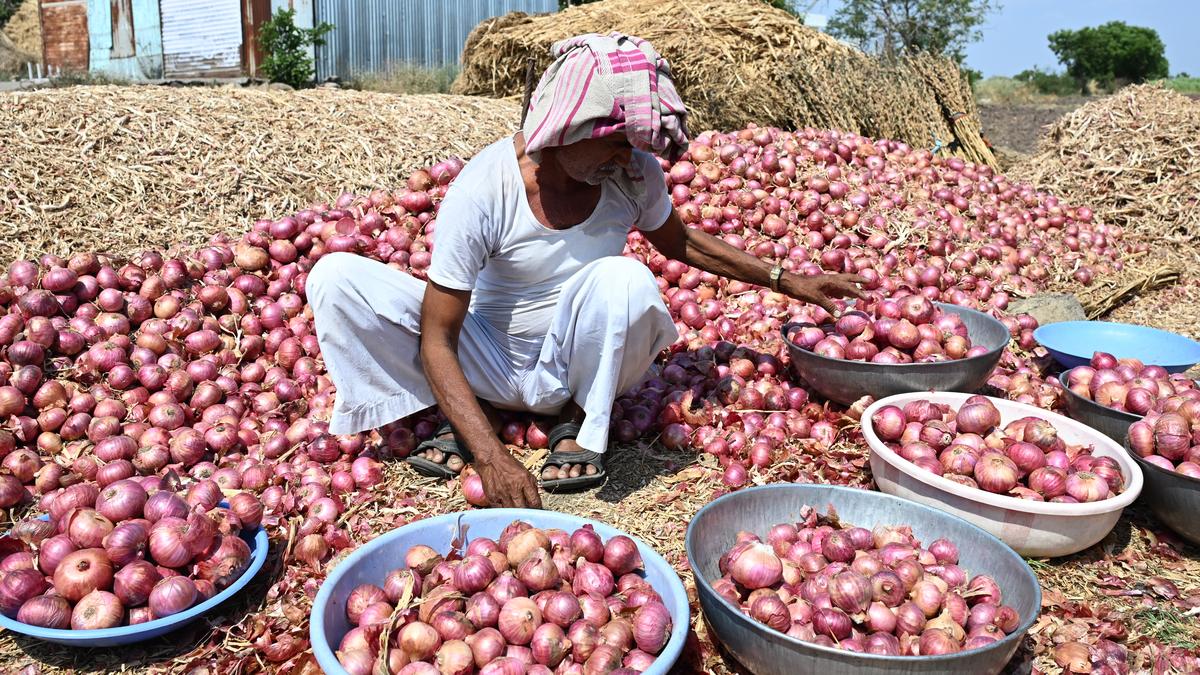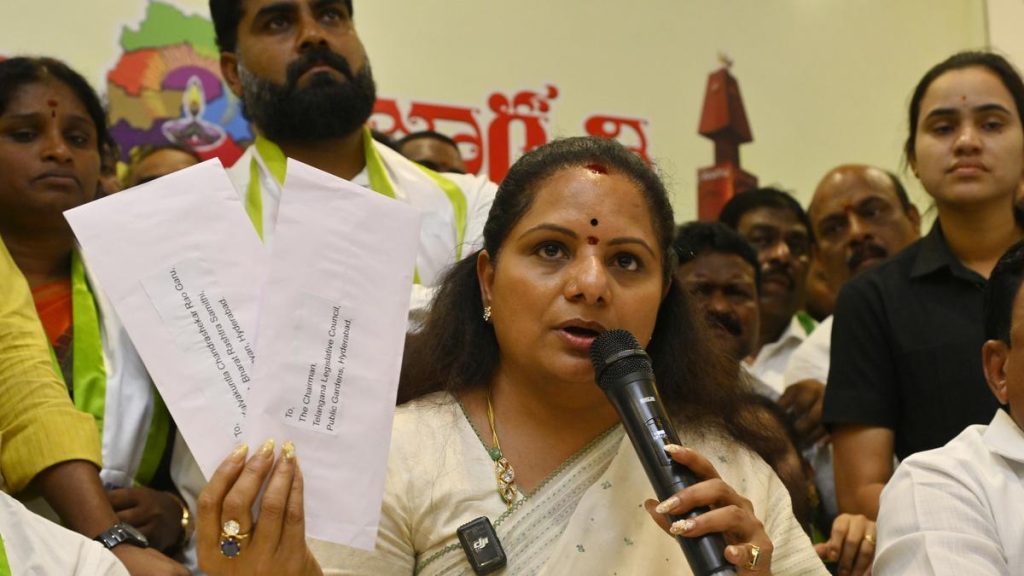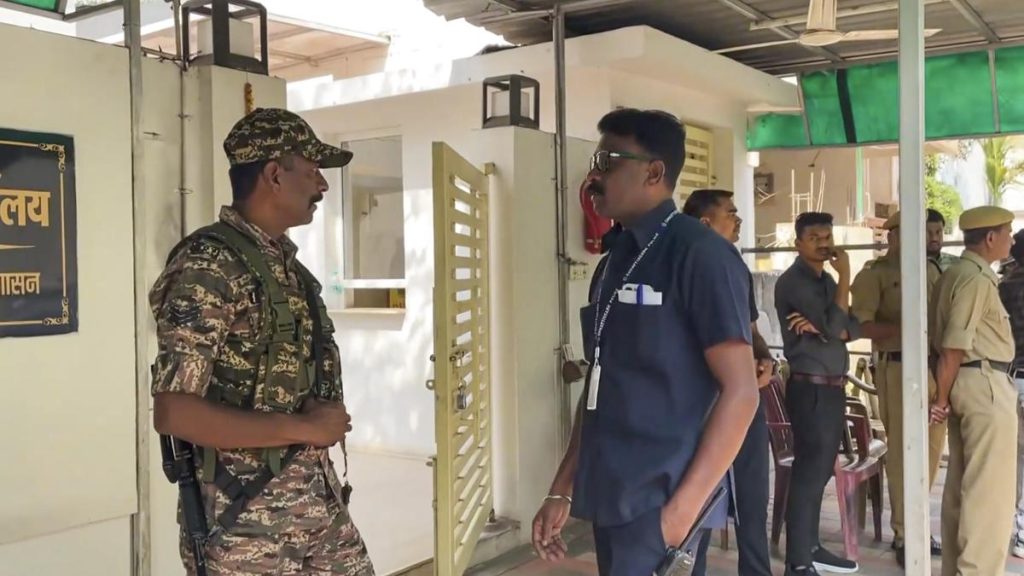Now Reading: Maharashtra’s Onion Farmers Protest: What’s Behind the Unrest?
-
01
Maharashtra’s Onion Farmers Protest: What’s Behind the Unrest?
Maharashtra’s Onion Farmers Protest: What’s Behind the Unrest?

Swift Summary
- Thousands of farmers in maharashtra, India’s largest onion-producing state, are protesting against falling onion prices as September 12, demanding government intervention and aid of ₹1,500 per quintal.
- Farmers currently earn ₹800 to ₹1,000 per quintal while the production cost is estimated at ₹2,200 to ₹2,500 per quintal.
- A surplus production of onions and deterioration in stored Rabi onions have contributed to low market rates.
- the government’s release of buffer stock through NCCF and NAFED has further reduced prices in key urban centers as part of its Price Stabilisation Policy; farmers are opposing this strategy.
- Experts argue for a streamlined export policy to revive India’s position in global markets after onion exports dropped sharply from 25.25 lakh tonnes (2022-23) to 11.47 lakh tonnes (2024-25). Competitors like China and Pakistan have capitalized on India’s weakened stance internationally due to inconsistent export policies.
- Andhra Pradesh has introduced a procurement price model guaranteeing ₹1,200 per quintal; experts suggest Maharashtrian policymakers emulate this approach.
Indian Opinion analysis
The ongoing protests by onion farmers in Maharashtra highlight systemic challenges within India’s agricultural economy-specifically how surplus production combined with suboptimal storage practices and volatile export policies can destabilize farmer incomes. While affordable prices benefit consumers under the government’s stabilisation strategy via NCCF and NAFED buffer stocks, the policy inadvertently exacerbates losses for already struggling growers when market rates fall below their cost of production.
Key proposals such as incentivized exports or replicating Andhra Pradesh’s procurement-price model could offer balanced solutions that safeguard both consumer interests against inflationary pressures while protecting farmer incomes during supply gluts.
For long-term stability, it is evident that india’s agriculture sector urgently needs consistent export frameworks paired with investments into infrastructure ensuring quality preservation during storage cycles-critical steps if Indian onions are to reclaim lost credibility globally from competitors like China or Pakistan.

























